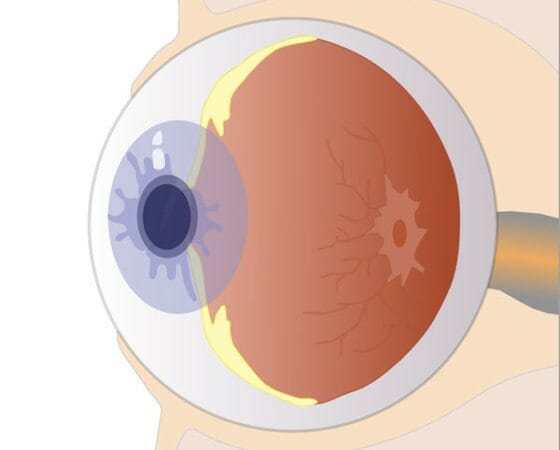The Human Eye: A Fascinating Aspect of Your Body
The human eye is truly one of the most miraculous creations of human evolution. But how does it work, exactly? How does light hitting your eye allow you to process images so that you can see? Here are the basics.
The human eye works very much like a camera, focusing light through a lens to create clear images. Your eyes are made up of a number of important components, including the cornea, the lens, the iris, the retina, rods, and cones.
Light reflects off an object and enters the cornea, which refracts that light through the lens. The colored iris surrounding the pupil then causes the pupil to contract or dilate to let in the proper amount of light, much like a camera’s aperture.
How All the Parts of Your Eyes Conspire to Create Your Vision
The lens then focuses the light onto the retina, which is where the translation of light into images takes place. This layer of tissue contains millions of nerve cells called rods and cones.
The cones are in the center of the retina and are responsible for central vision, fine details, and colors. Rods are responsible for peripheral vision, are good for detecting motion, and also for helping us to see better in dim light. These nerve cells turn the light into electrical impulses, which then travel op the optic nerve, creating an image in the brain.
Human Eye Facts
Now that you understand how the eye works, here are some fun facts about eyes that you might not know.
- Blinking– Blinking is a critical process for keeping the eyes lubricated and clear of debris. The average blink lasts about 1/10th of a second and you blink about 12 times a minute on average.
- Resilience– Unlike other parts of your body like your muscles that may need time to “warm up,” your eyes are ready to go at full strength just about as soon as you open them. They also heal surprisingly quickly. A corneal scratch usually heals within about 48 hours.
- Size– The average eye is about an inch across and weighs about a quarter of an ounce.
- Crying– Humans don’t start crying with actual tears until around 4-13 weeks.
- Blind Spot– Each of your eyes has a blind spot where the optic nerve is attached. Your other eye covers it so you don’t notice it.
- Impairment– about 39 million people worldwide are blind and around 230 million people are visually impaired in some way. 80 percent of vision problems can be avoided or cured.
How Vision Problems Work
Vision problems can occur for a number of reasons. They can be a result of physical damage to the eye, the can be a result of poor nutrition, or a symptom of another disease like diabetes.
What is certain, however, is that one of the keys to avoiding or slowing the growth of vision impairment is regular vision examinations and preventive care, if necessary. Many eye problems show no symptoms in the initial stages, so it is very important to get your eyes checked regularly to make sure everything is working right.
If you are in the Portland, Oregon, area, Beaumont Vision is here to help. We offer comfortable, professional surroundings for eye examinations by well-trained optometric physicians who will help make sure your eyes are in their best possible shape. To schedule your eye appointment today, call 503-331-3937.

